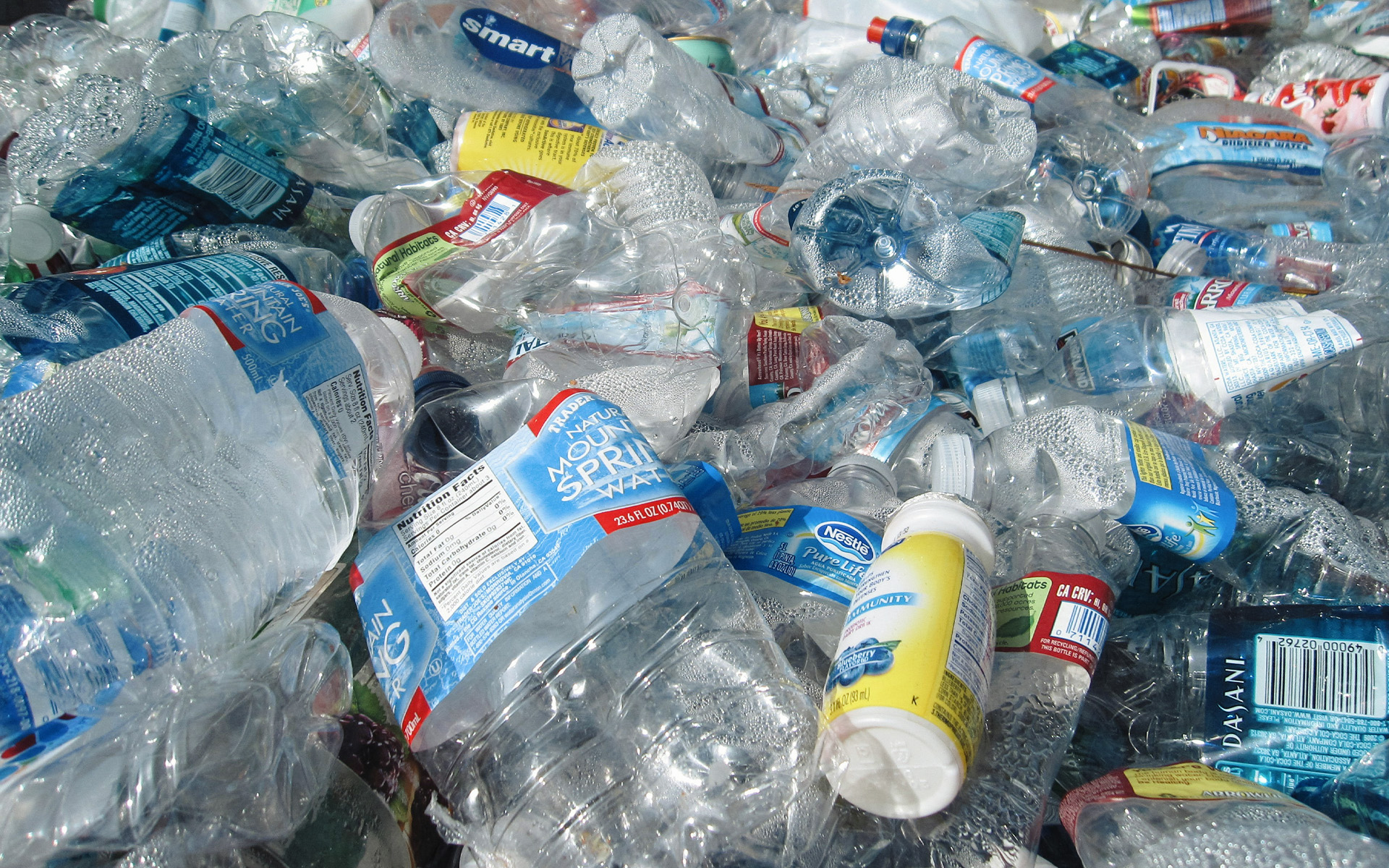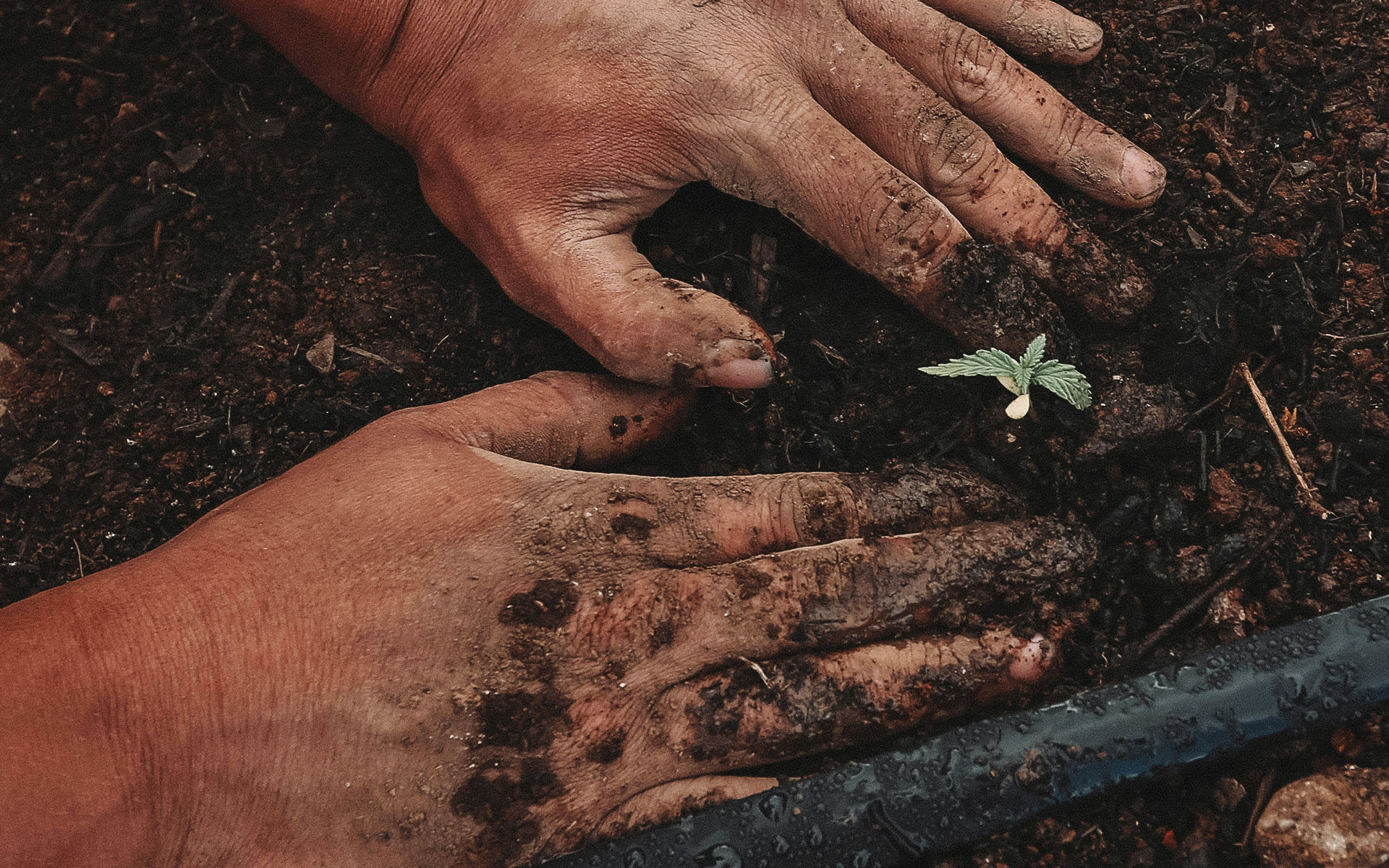Did you know that one of the greatest gifts ever donated was that of France to the United States for the centenary of the Declaration of Independence? We are talking about the famous Statue of Liberty.

It was 1886 and in addition to creating this colossus, scale reproductions were also made to be offered as souvenirs. From that moment, the gadgets started to become popular.
What are gadgets? What effects do they have on the environment? Can we do without that?
Gadgets are small, functional objects that often combine utility and innovative design. These items, which can range from electronic devices to home accessories, are designed to make everyday life easier or more fun. A gadget can be a uniquely shaped USB stick, smartwatch, smartphone holder, or even a mug with a particular design.
Often gadgets are associated with technology, but this is not always the case; they can also be fashion items, kitchen utensils, or small useful tools. In general, gadgets stand out for their portability, functionality and ability to capture attention thanks to their creative design or unique features. They are often used as gifts, promotional items, or fashion items.
It is clear that these could be gadgets that the recipient appreciates, but there are certainly cases in which all those small gadgets inevitably end up forgotten in some drawer at home.

In fact, many gadgets are only used for a short period or even never, after purchase. In fact, many of them end up accumulating in our homes without being used regularly, contributing to the waste and accumulation of unnecessary objects.
It must be considered that the production, shipment and disposal of these items obviously have a negative environmental impact.
Production
The gadget production process involves a series of phases ranging from initial design to mass production and distribution. One of the critical aspects of gadget production is the use of unsustainable materials, such as single-use plastic or lithium batteries. These materials can contribute to pollution and wasted resources.
Once assembled, the gadgets are subjected to quality tests to ensure they meet the required standards. After passing the quality checks, the gadgets are packed and ready for distribution. Then, environmental challenges related to packaging come into play, as non-recyclable packaging or excessive packaging are often used.
The production and disposal of polluting materials can cause serious damage to the environment, including ocean pollution, soil contamination, and the production of greenhouse gases during manufacturing and disposal.
In response to environmental concerns, some companies are adopting more sustainable practices, such as the use of recycled or biodegradable materials, as well as production processes that reduce carbon emissions.
Transport and disposal
They are often transported over long distances to reach suppliers, distributors and ultimately consumers. This process requires the use of means of transport that consume fossil fuels, thus contributing to greenhouse gas emissions and air pollution.
Many gadgets are made from materials that are difficult to recycle, such as mixed plastic or electronic components. Improper disposal of e-waste can cause soil and water pollution, as well as pose a risk to human and animal health.
Although some gadgets can be recycled, recycling may not always be economically advantageous, especially for low-quality or uncommon materials. What could be a solution to overcome all this?
Alternative
Companies are realizing the need to use sustainable products not only to protect the environment but also because more and more consumers are attentive to this issue and are more likely to choose brands that have the same ideals. In addition, through innovative and responsible gadgets, they differentiate themselves from other companies.

A material that is becoming common for making gadgets is RPET, a polyester made from recycled plastic bottles. Durable and versatile, it allows you to create many items while reducing the amount of plastic that ends up in landfills. Bamboo and food grade silicone are also excellent solutions.
Real alternative gadgets are those created with pine resin. The resin collection takes into account and respects the tree and is aggregated with dust and flakes of pine needles, sawdust, bark or pine cones. The product is 100% eco-friendly and clearly recycling it is a no-brainer.
Plants, seed kits, notebooks with recycled paper and solar-powered electrical products are a great alternative.

Choosing sustainable gadgets and making conscious choices may seem like a small gesture, but together we can make a difference. With a collective commitment to more responsible and sustainable consumption, we can create a world where gadgets not only enrich our daily lives, but also protect and preserve our precious planet.





